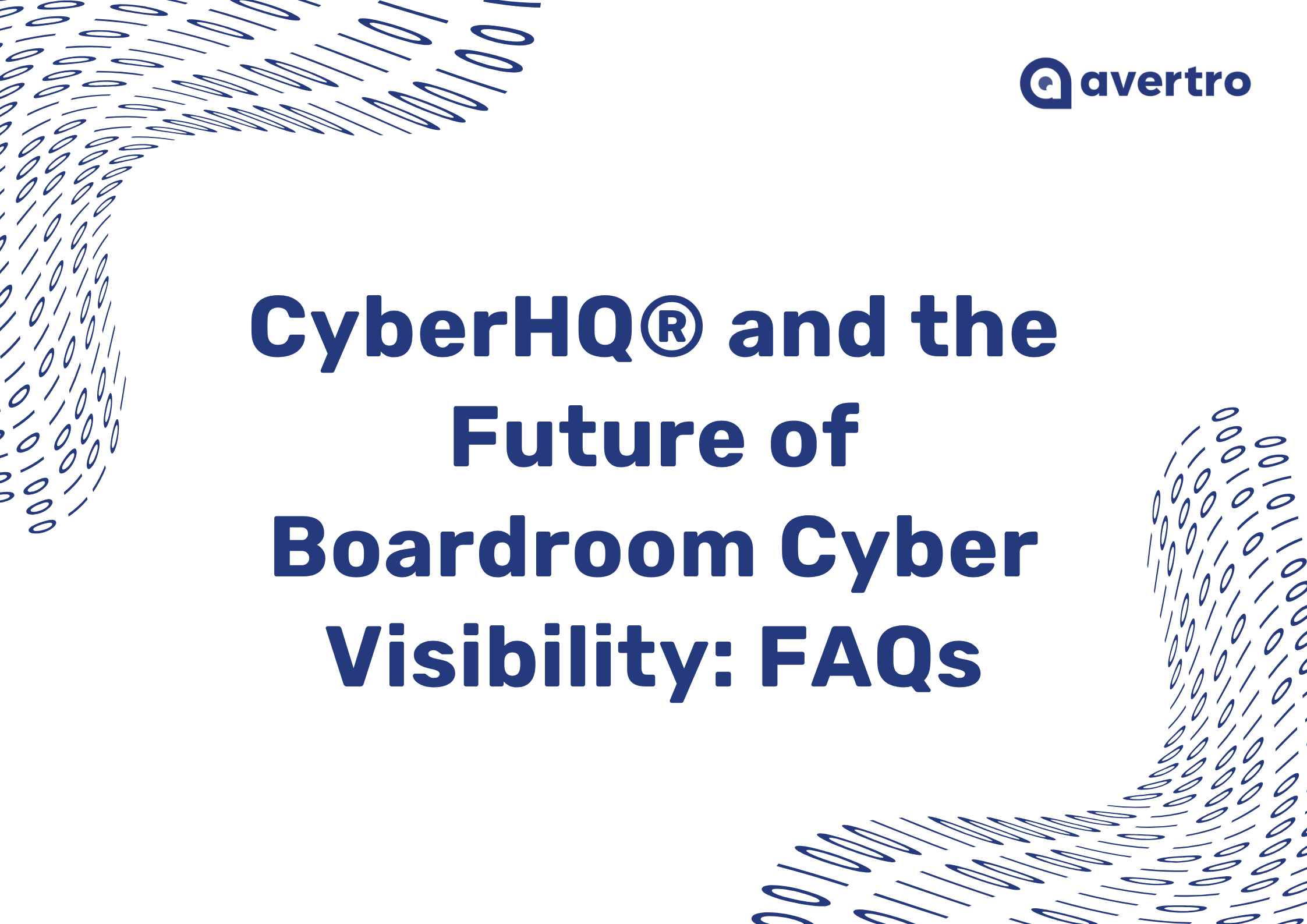The National Institute of Standards and Technology
(NIST) remains instrumental in cybersecurity. Their recent release of the Discussion Draft for NIST Cybersecurity Framework (CSF) 2.0, marks a significant milestone in updating this influential framework.
The NIST CSF, last updated in 2018, has become a cornerstone for cybersecurity professionals worldwide. Its wide adoption stems from its ability to provide a shared security language that transcends organizational sectors. The framework has proven invaluable for organizations looking to demonstrate compliance and establish cybersecurity practices.
The global engagement highlights the widespread recognition and interest in the NIST CSF 2.0, emphasizing its significance in the cybersecurity community. In August 2022, NIST organized the "Journey to the NIST Cybersecurity Framework 2.0" Workshop, drawing 4,000 participants from 100 countries. This workshop provided the opportunity for individuals worldwide to contribute and shape the direction of NIST CSF 2.0.
With the release of the discussion draft of the NIST CSF 2.0 earlier this year, NIST is actively seeking feedback from stakeholders. This inclusive approach aims to gather insights and perspectives from cybersecurity professionals, industry experts, and organizations to inform the development of the complete NIST CSF 2.0, scheduled for release in early 2024.
Top 5 takeaways from the Discussion Draft:
1. NIST CSF 2.0 will build on the key attributes. This includes the new ‘Govern’ function, covering organizational context, risk management strategy, policies and procedures, and roles and responsibilities.
2. Implementation guidelines and examples. To assist with the implementation of controls, providing guidance on how organizations can meet NIST CSF outcomes through suggested examples.
3. Emphasis on supply chain risk management. NIST CSF 2.0 will provide guidance on assessing and mitigating cybersecurity risks associated with third-party vendors and suppliers. The update aims to increase trust and assurance in technology products and services.
4. NIST CSF 2.0 introduces enhanced flexibility, allowing organizations to tailor the framework to their specific needs and risk profiles. It provides a solid foundation while accommodating different cybersecurity requirements.
5. Updates to wording in Category and Subcategory levels. The update will encompass language relevant to all organisations and remove specific language used for critical infrastructure. The Identify function will have an improvement category, the Protect function will use a combination of people, processes, and technology to secure assets, and the Respond and Recover functions will have new categories dealing with Incident forensics.
In addition to the recent updates to the NIST CSF, NIST has been actively developing a valuable tool called the Cybersecurity and Privacy Reference Tool (CPRT). This web-based tool plays a crucial role in the conversion of cybersecurity and privacy-related documents into a format that machines can understand and process.
What does this mean for cybersecurity professionals?
The CPRT serves as a bridge between human-readable content, such as cybersecurity standards, guidelines, and frameworks. By transforming these resources, interoperability, automation, and the exchange of cybersecurity and privacy information across different systems are enhanced.
The tool's capabilities not only promote enhanced information exchange but also lay the foundation for more advanced automation and intelligent decision-making in the realm of cybersecurity including:
1. Document Conversion and Standardization: The CPRT allows organizations to convert their cybersecurity and privacy-related documents into a machine-readable format. This conversion enables standardization and uniformity, making it easier for computers and systems to process and analyse the information.
2. Integration: By utilizing the CPRT, organizations can enhance interoperability and integration between different cybersecurity tools and systems. The machine-readable format of the converted documents enables seamless information exchange, data sharing, and integration with other cybersecurity technologies and platforms.
3. Automation and Efficiency: The CPRT facilitates automation in cybersecurity processes. By enabling automated processing and analysis of documents, organizations can streamline their operations, save time, and reduce manual effort. Automated workflows can be established for tasks such as risk assessment, compliance monitoring, and incident response.
4. Enhanced Decision-Making: Organizations can leverage this capability to extract insights, identify patterns, and make data-driven decisions regarding cybersecurity. This helps prioritize resources, identifying vulnerabilities, and implementing effective security controls.
5. Accessibility and Usability: The machine-readable format enables easy retrieval, searchability, and integration of information into various tools and systems. This promotes widespread adoption of best practices, standards, and guidelines, fostering a more secure and resilient cybersecurity posture within the organization.
How can CPRT's automation be utilized to streamline risk assessments?
CPRT can convert risk assessment documents (policies, assessments, etc.) into machine-readable formats, allowing the extraction of key information such as risk factors and mitigation strategies. The data can then be analyzed to assess risks based on predefined criteria or customized risk models, including evaluating the likelihood and impact of potential threats and utilizing risk scoring algorithms within CPRT to assign risk levels.
Reporting and visualization can be utilized to present the processed data. Risk heat maps, charts, graphs, and summaries offer cybersecurity professionals clear insights into an organization's overall risk landscape. By integrating CPRT with an organization's security tools and systems, continuous monitoring of risks becomes possible. CPRT can automatically update risk assessments in response to changes in the environment, ensuring ongoing risk visibility.
The introduction of machine-readable capabilities in NIST CSF 2.0 expands the potential for harnessing AI. AI algorithms can be applied to machine-readable data to perform tasks such as natural language processing, data classification, sentiment analysis and information extraction. Ultimately, making data machine-readable creates a foundation for leveraging AI techniques and to help cybersecurity professionals gain insights and automate processes.
The release of the discussion draft for NIST Cybersecurity Framework (CSF) 2.0 signifies a noteworthy update, further reinforcing its role in establishing a common security language and compliance demonstration.The Cybersecurity and Privacy Reference Tool (CPRT) enhances capabilities, enabling document conversion, integration, automation, improved decision-making, and accessibility. Machine-readable capabilities in CSF 2.0 opens avenues for AI utilization, empowering cybersecurity professionals with insights and automation to drive efficient and advanced practices.






